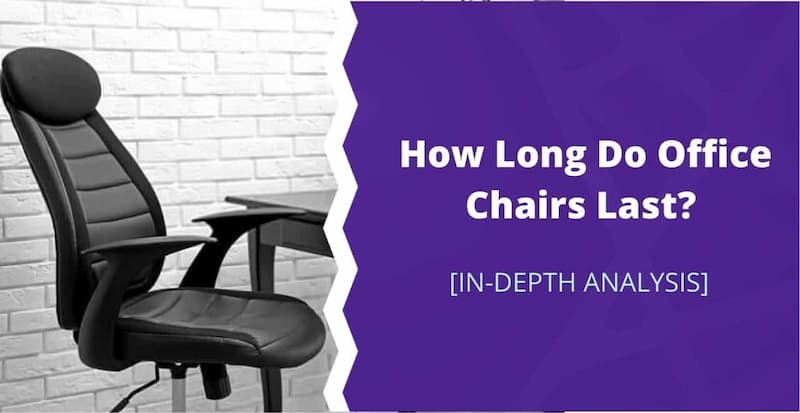
An office chair is a basic piece of office equipment that ensures we are comfortable and pain-free at work. Like all types of office furniture, many different types of office chairs have different advantages and disadvantages, including lifespan. An office chair How long will the chair last? On average, office chairs last seven to eight years, and in this article, we’ll look at the durability of each office chair and give you some top tips on how to make yours last.
Related Post: Why Are Office Chairs So Expensive? Top 6 Reasons
The Lifespan of Office Chair Material
Fabric Office Chairs
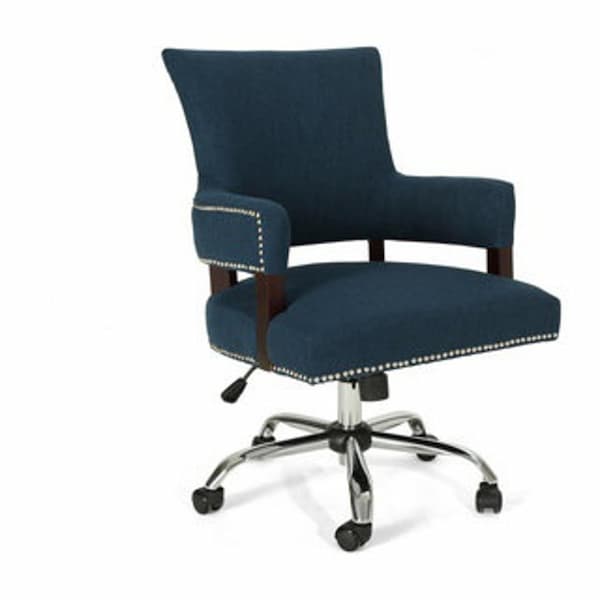
The abrasion resistance of the fabric office chair ensures a long service life and a good return on investment. It handles daily wear and tear well, but it ages faster than other materials. Upholstered fabric office chairs may be torn, or the fabric seat may look sunken in certain areas. Be sure to research the type of fabric chair you’re buying, as some wear out faster than others. Fabric office chairs are very durable and a wise investment, but if you want to maintain this new look for the long term, then you might decide to look elsewhere.
Leather Office Chairs
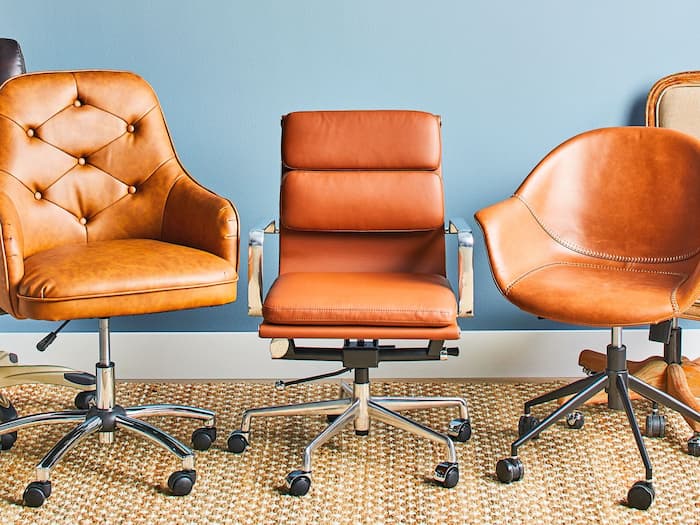
If you are looking for a durable chair, then the leather office chair is what you should look out for. Leather is a durable material that lasts longer and retains new looks longer. Also, the life of the chair can be easily extended by treating the leather chair with oil, which maintains the softness and malleability of the chair. A good quality leather office chair can last more than 10 years if properly maintained.
Mesh Office Chairs
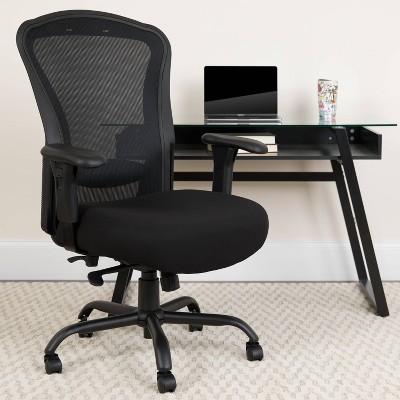
Mesh chairs are not as durable as other chairs. Although its sleek design facilitates ventilation and makes it lighter, mesh sags faster than other materials. If you opt for a more durable mesh chair, you may have to sacrifice comfort. Generally speaking, leather and fabric office chairs last longer and are more durable.
Factors Affecting a Chair’s Lifespan
There are several factors that can shorten the life of an office chair. If you find your office full of worn-out chairs, think about the problem with the chairs or the way the chairs are used.
- Heavy use
There is a price to be paid for using the chair day in and day out. A good-quality office chair can handle heavy use, but a poor-quality office chair can quickly show signs of wear. If the chair is used in a flexible workspace and frequently switches between different users, the chair may experience additional stress as it adjusts and moves more frequently.
- Incorrect usage
What is your chair for? If the chair is not used properly, it may be subject to additional stress. If you’re using a chair that’s better suited for an executive office meeting room, you may find it breaks more easily because it’s not designed to sit at a desk all day.
- Poor user habits
Users can damage office chairs in a variety of ways – rocking the chair, constantly adjusting the height, and running up and down the hallway. If the chair is abused, it is likely to break.
- Cheap components
If your chair is made with cheap or low-quality parts, the longevity of your chair will suffer. Inexpensive casters and pneumatic components can easily break, rendering the chair unusable. Leverage handles, and knobs made of cheap parts can easily snap, preventing you from adjusting the seat. When buying a chair, ask where the chair was made and find out if there is any guarantee that the chair will be replaced if parts break.
Signs Your Chair Needs Replacement
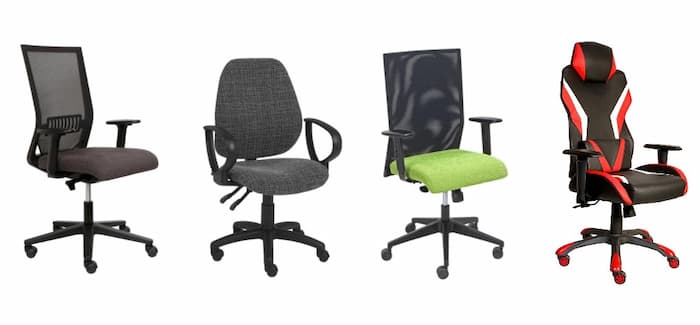
Some of the signs that the chairs need to be replaced are obvious. If a leg breaks, the backrest mechanism fails, or another major mechanical problem damages the chair, then you need a new chair. this is very simple.
Other signs are more subtle and probably something you can fix. However, even if your chair has a fixable problem, it’s still a sign that the chair is partially worn and other failures may be imminent.
The Appearance of the Chair is Not Good.
While the appearance has nothing to do with the function of the chair, in some cases a worn-out chair makes a poor impression on the company. For example, if your chair is used for an important meeting with a client, you don’t want to describe yourself as a company that lacks resources, so using a chair that looks like it’s falling apart will be a blow to you.
The Warranty Period Is Approaching.
One of the biggest reasons to replace your chair is when your warranty is about to expire. If the chair has worn out from use and the warranty is about to expire, you may just want to replace the chair to take advantage of the warranty. Of course, it depends on whether you can replace the chair under warranty. Many chair warranties cover defects and certain types of damage, but not simple-use chairs.
Your Chair is No Longer Comfortable to Sit On.
One of the most common ways to tell if a chair needs to be replaced is a subjective judgment. Is the chair no longer comfortable? Over time, chairs can malfunction in subtle ways that you might not notice. It can be firmer or looser as you get it and adjust it to your liking. It may be loose, creaking, or creaking. Wheels may creak. All of this can lead to a less comfortable experience, making you more likely to feel stressed, sit in a less ergonomic posture, and ultimately lead to reduced productivity and back pain.
Now, you may find yourself no longer comfortable because external factors have nothing to do with the chair itself. For example, changes in your living environment can cause natural changes in your body posture. The chair may need to be replaced simply because of changes in your own life. That’s fine too, it just means the chair is still good enough to be repurposed or given to someone else.
The Seat Cushion is Compressed.
In almost all cases, the “soft” part of the chair is the first part to be removed. A chair’s frame outlasts a seat cushion. Over time, the foam of the seat can compress, just like a pillow loses its fluff after a period of use.
If you know how to upholster a piece of furniture, it’s an element of the chair that can be replaced, although you might struggle to find the same fabric and seat cushions as your existing chair.
There Are Obvious Cracks or Tears on the Chair.
Cracks in the chair and holes in the chair fabric at least mean the fabric needs to be replaced. Leather chairs can usually be repaired, but once damaged, high-quality leather can be difficult or impossible to repair. Mesh, such as the mesh backs of some top-of-the-line office chairs, is often the last fabric on a chair due to its purpose. However, it still rips and runs. For some seats, the mesh is adjusted to be supportive, and tearing can destroy its ergonomic capabilities.
Usually, it’s the seat cushion torn. This is where buttons on pants, sharp objects in pockets, and other forms of abrasion can damage the fabric. Tearing and shedding of seat fabric can be repaired by replacing the upholstery, but in some cases, doing so can cost as much as buying a new chair. It all depends on how much you’re willing to spend to repair your existing chair.
Other types of damage may be harder to notice if you don’t look at the chair. Probably the two biggest damage points are the back and legs of the chair, both of which are pressure points that can cause damage with continued use. Plastic cracks in the frame of a chair can cause catastrophic failure, so it’s best to replace the chair when you see them. Again, you can replace individual elements, but replacement parts can be expensive and sometimes difficult to obtain.
There Are Obvious Cracks or Tears on the Chair.
Cracks in the chair and holes in the chair fabric at least mean the fabric needs to be replaced. Leather chairs can usually be repaired, but once damaged, high-quality leather can be difficult or impossible to repair. Mesh, such as the mesh backs of some top-of-the-line office chairs, is often the last fabric on a chair due to its purpose. However, it still rips and runs. For some seats, the mesh is adjusted to be supportive, and tearing can destroy its ergonomic capabilities.
Usually, it’s the seat cushion torn. This is where buttons on pants, sharp objects in pockets, and other forms of abrasion can damage the fabric. Tearing and shedding of seat fabric can be repaired by replacing the upholstery, but in some cases, doing so can cost as much as buying a new chair. It all depends on how much you’re willing to spend to repair your existing chair.
Other types of damage may be harder to notice if you don’t look at the chair. Probably the two biggest damage points are the back and legs of the chair, both of which are pressure points that can cause damage with continued use. Plastic cracks in the frame of a chair can cause catastrophic failure, so it’s best to replace the chair when you see them. Again, you can replace individual elements, but replacement parts can be expensive and sometimes difficult to obtain.
The Gas Spring No Longer Supports You.
Gas springs are a common point of failure for chairs, especially for heavier chairs or chairs used by heavier people. Gas springs are replaceable, but it can be difficult to figure out exactly what springs are needed and how so many people choose to take the opportunity to replace their chairs. Also, if the gas spring is at the point of failure, other parts of the seat are likely to be close to that point as well.
The Institution is No Longer Tight and Stable.
Any part that moves or adjusts, or needs to be strong to resist movement or adjustment, can loosen over time. The stiffness of the back when reclining, the locking mechanism that holds the seat back or headrest in place, and the bolts that hold the armrests in place; all of which wear out over time.
In some cases, you won’t need much to fix these issues. This can be as simple as tightening a few bolts or adjusting the spring tension on the chair. In other cases, it may be plastic wear on the frame itself. In this case, you can’t fix it, just replace the parts.
Tips for Making Your Office Chair Last
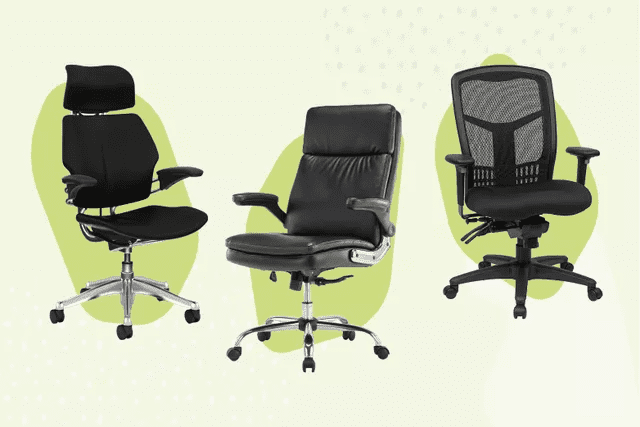
- Be careful with wheels and casters.
The wheels of the chair take most of the stress on the chair and are also prone to curling up hair or dust. Keeping your wheels clean with a vacuum cleaner or can of compressed air helps prevent them from breaking or coming loose. Lubrication also goes a long way in maintaining the longevity of your office chair. Spray about every six months to help them continue to function properly.
- Vacuum the chair regularly.
Office chairs collect a lot of dirt and dust, which can erode the chair’s upholstery, causing it to lose cushioning and comfort over time. Regular use of the vacuum cleaner can help prolong the life of your office chair and keep it tidy.
- Fix loose parts.
You may find that lower-priced office chairs may have broken or loose parts over time, such as screws or levers. Stay vigilant and make sure no parts are missing and damage is repaired, which will help your office chair last longer. If you invest in a higher-quality chair, this problem is less of a problem.
- Using Oils and Creams on Leather.
A regular vacuum is also good for leather chairs but apply soap or leather cream afterward so your chair will look newer. Leather is one of the most durable office chair materials, combine it with regular treatments and you have a chair that will stand the test of time.
Final Words
This article should help you find a chair that will stand up to the wear and tear of the modern office. Taking care of your office chair will help you save unnecessary expenses and keep your employees happy.
